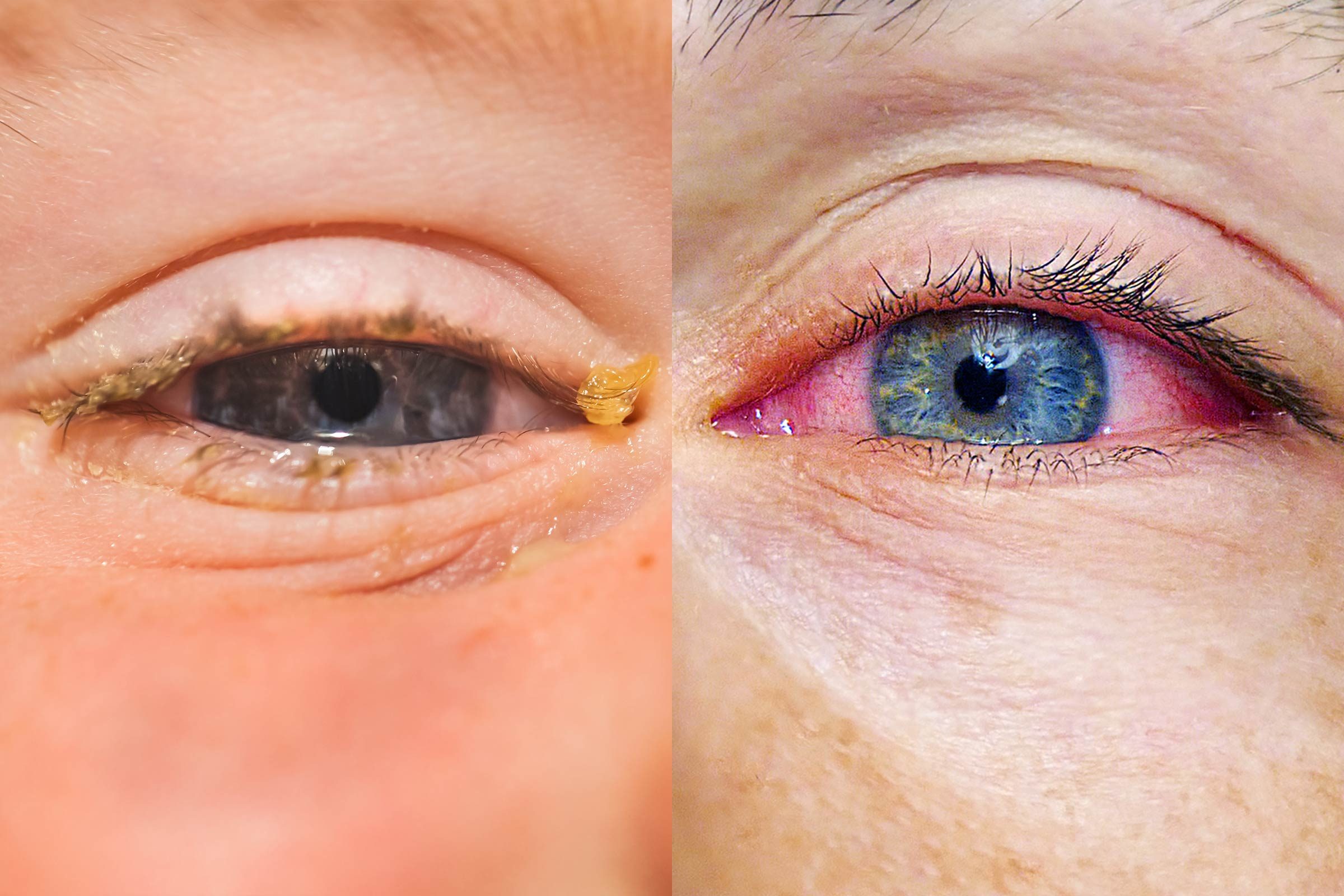Introduction: Medical technology has been rapidly advancing, transforming healthcare and improving patient outcomes. From robotics to wearables, new breakthroughs are revolutionizing the way we diagnose, treat, and manage health conditions. In this article, we will explore some of the latest cutting-edge advancements in medical technology that are making a significant impact in the field.
- Robotic Exoskeletons: Robotic exoskeletons are wearable devices designed to assist individuals with mobility impairments. These exoskeletons provide powered support to the user’s limbs, enabling enhanced mobility and independence. They are particularly beneficial for individuals with spinal cord injuries or neuromuscular disorders, allowing them to regain movement and improve their quality of life.
- Genome Editing: Recent advancements in genome editing techniques, such as CRISPR-Cas9, have revolutionized the field of genetics and have the potential to treat a wide range of genetic diseases. Genome editing allows precise modifications to be made to the DNA sequence, offering the possibility of correcting genetic mutations and preventing the progression of inherited disorders.
- Telehealth and Remote Monitoring: Telehealth and remote monitoring technologies have gained significant importance, especially during the COVID-19 pandemic. These technologies enable healthcare providers to remotely monitor patients, conduct virtual consultations, and deliver care without the need for in-person visits. Remote monitoring devices, such as wearable sensors, help collect real-time health data, providing valuable insights for early detection and proactive management of chronic conditions.
- Artificial Intelligence (AI) in Medical Imaging: AI algorithms are increasingly being utilized in medical imaging to improve accuracy and efficiency. These algorithms can analyze medical images, such as X-rays, CT scans, and MRIs, assisting radiologists in the detection and diagnosis of various conditions. AI-powered image analysis can help identify abnormalities, tumors, and other indicators of disease, enabling faster and more accurate diagnoses.
- Smart Pills and Digital Medication: Smart pills, also known as digital medication or ingestible sensors, contain embedded sensors that can track medication adherence and provide real-time data on the patient’s health. These pills can transmit information to a wearable device or a smartphone, allowing healthcare providers to monitor medication compliance and adjust treatment plans accordingly. Digital medication holds promise in improving medication adherence and enhancing patient outcomes, particularly for chronic conditions.
- Augmented Reality (AR) and Virtual Reality (VR) in Surgical Training: AR and VR technologies are being integrated into surgical training programs, offering immersive and realistic experiences for trainee surgeons. These technologies allow surgeons to practice complex procedures in a virtual environment, enhancing their skills and reducing the risks associated with traditional training methods. AR and VR-based surgical simulations can contribute to safer surgeries and improved patient outcomes.
- 3D Printing in Medicine: 3D printing technology has made significant strides in the field of medicine. It enables the creation of patient-specific anatomical models, surgical guides, and even personalized implants and prosthetics. 3D-printed medical devices and models aid in surgical planning, improve surgical precision, and enhance patient satisfaction.
- Nanorobotics: Nanorobotics involves the use of tiny robots at the nanoscale for various medical applications. These robots can navigate through the human body, delivering targeted therapies, performing minimally invasive surgeries, and providing real-time monitoring. Nanorobotics holds promise in cancer treatment, drug delivery, and precise surgical interventions.
- Bioelectronic Medicine: Bioelectronic medicine combines electronics and biology to develop devices that interface with the body’s neural system. These devices can modulate nerve signals to treat a range of conditions, including chronic pain, inflammatory disorders, and neurological disorders. Bioelectronic medicine offers alternative treatment options and has the potential to revolutionize healthcare by targeting specific neural pathways.
- Continuous Glucose Monitoring (CGM): CGM systems have transformed diabetes management by providing real-time monitoring of glucose levels. These devices continuously measure glucose levels through a sensor placed under the skin, eliminating the need for fingerstick tests. CGM systems offer greater convenience, improved glycemic control, and reduced risk of complications for individuals with diabetes.
Conclusion: The latest breakthroughs in medical technology are revolutionizing healthcare by enhancing diagnostics, treatment, and patient care. From robotic exoskeletons and genome editing to AI in medical imaging and smart pills, these advancements are shaping the future of medicine. As technology continues to evolve, we can anticipate even more exciting innovations that will further transform healthcare and improve the lives of patients worldwide.










